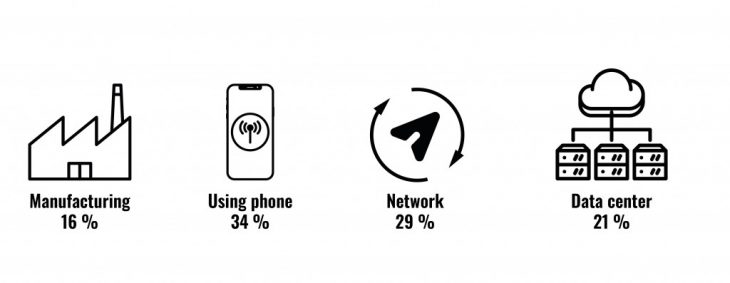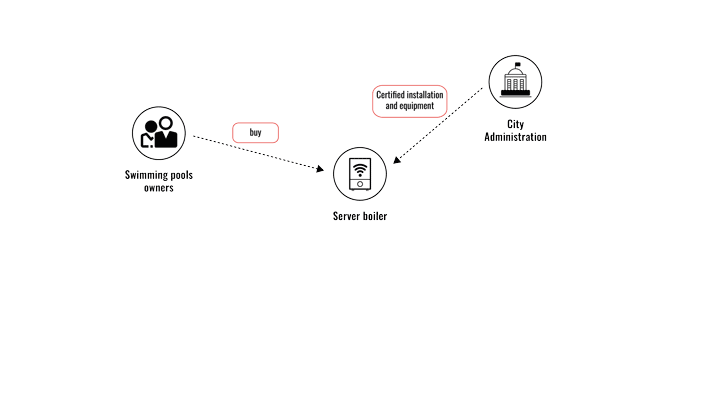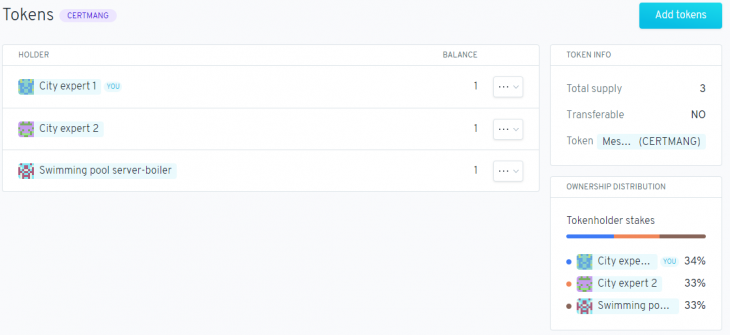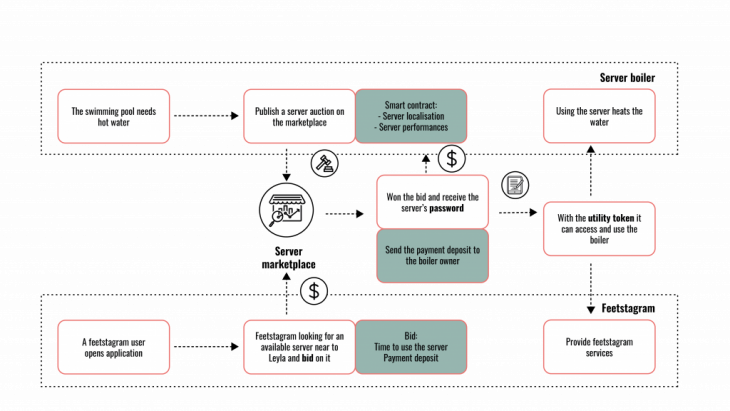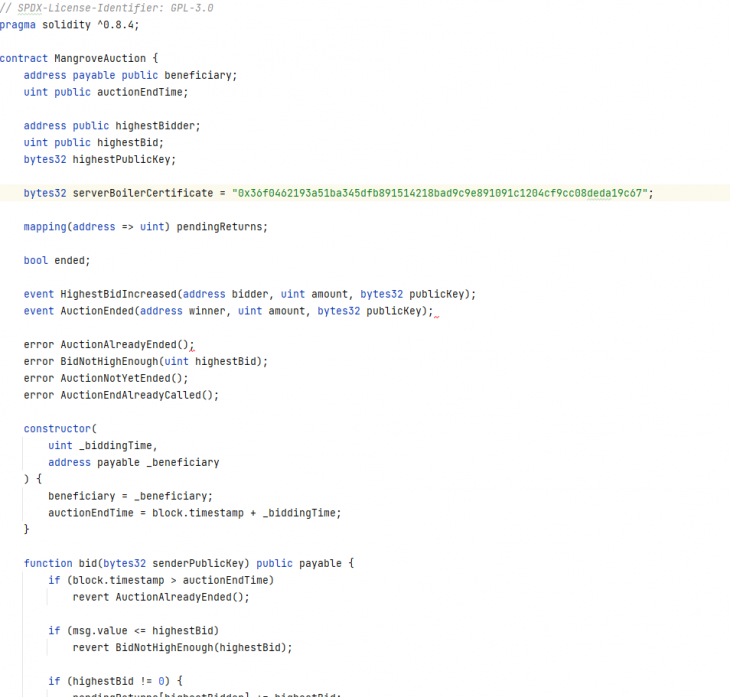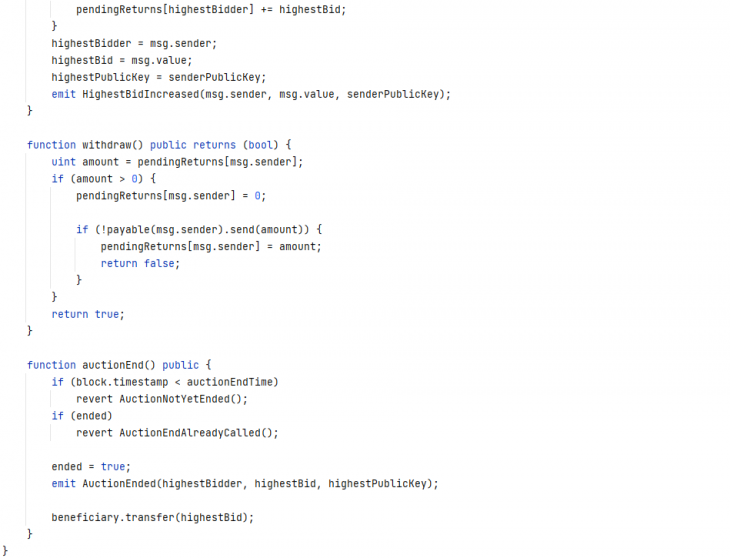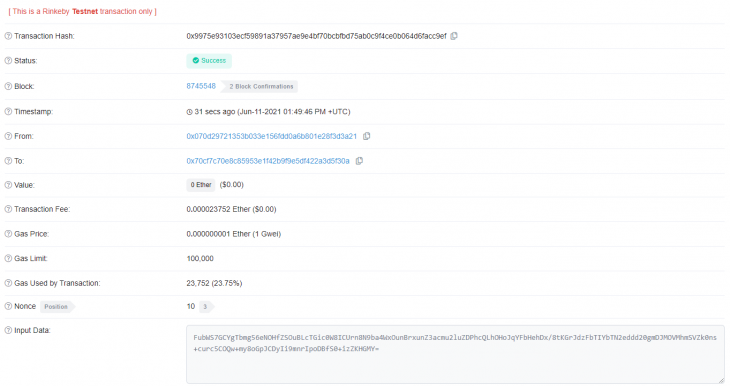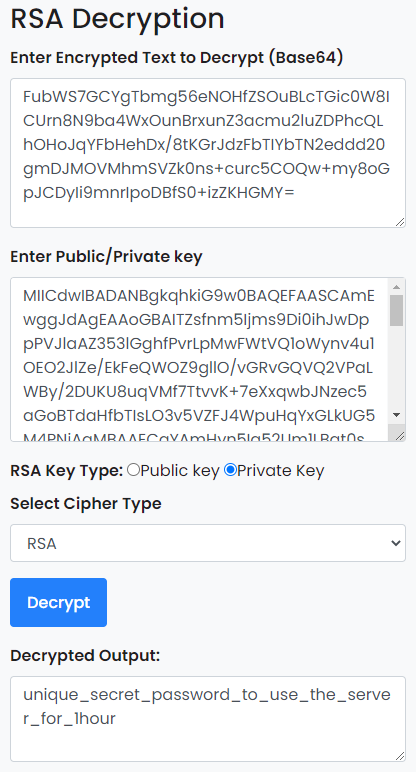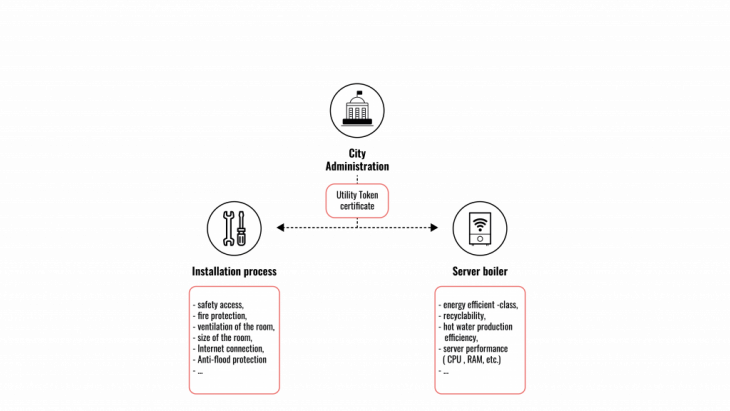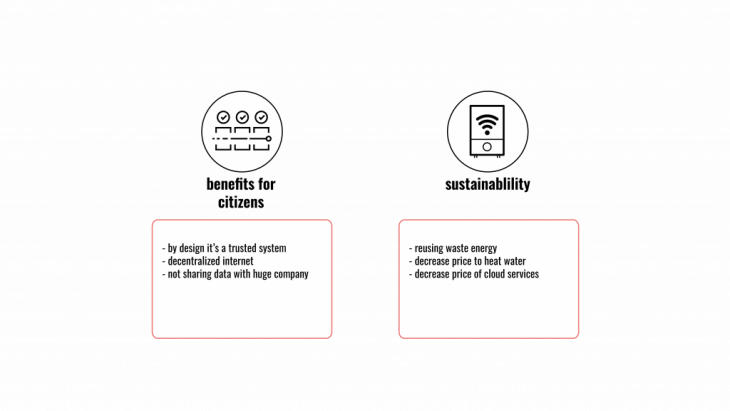Abstract
Nowadays big cloud providers (Amazon, Microsoft and Google) host almost all the internet.
Mesh Mangrove is a project that aims to decentralise the internet, give back the power of the internet to the cities and reduce a number of used and wasted energy by placing the server more locally.
It is a bottom up process where local developers provide the services to run this network, which will attract the user to the new system.
Introduction
Everyday we are using the internet, but we don’t consider how much energy it takes, and if there is any way to reduce it.
The device energy consumption is just the tip of the iceberg, in fact it represents only 34% of energy consumption.
The rest 66% are divided into : network 29%, data center (Cloud) 21% and device manufacturing 16%.
From this 21 % which is used by the data center, 50% is intended for cooling the server, so it is a waste energy. Mostly the data centers are huge, centralised farms located outside of the city.
What if this could change? We’ve asked ourselves the question – Could we move the servers locally to the cities? Could we use its heat instead of wasting it?
What is cloud and network
Cloud computing was popularized by Amazon when they realized that most of their servers are only used before Christmas. So they decided to create a service to rent them for a minimum of 1 hour. This idea of computer as a service increased the flexibility and efficiency of many internet companies. Now the cloud computing market is 42 billion US$ and almost all of the internet depends on this service. The cloud branch of Amazon (AWS) generates far more income than Amazon online shop. The market is dominated by 3 companies (Amazon, Microsoft and Google) who share 58% of it.
The mentioned cloud providers install their servers into big data centers outside the cities to have inexpensive land and cheaper electricity. One of the consequences is to increase the distance between the server and the final user, and therefore increase the electricity consumption of the network.
Mesh mangrove concept
- Move servers into local buildings
Our proposal is to decentralise the system and move the server to every building in the city of Barcelona. The amount of used energy for sending and taking the information from the cloud will be reduced. - Reuse servers heat
To reuse the server heat, we want to use the system which brings in pipes cold water to the servers. The water ( in pipes) it’s warmed up by the heat from the servers and at the same time, they are getting cooled by the cold water. In this process , the water is heated up and can be used for many different purposes.
Our idea is to start using this system to heat up the water in public swimming pools. - Local connection
Our data travels a lot. Sending them back and forward to this big centralised data center is not sustainable. By moving the center locally we are reducing drastically the amount of data travel energy.
Local data centers in the city of Barcelona
Phases
Project is divided into 3 phases. First phase “Pilot Phase” – implemented mainly with the help of city administration. As participants – start up companies in 22@ district. The servers will be located at the public swimming pools across the city. So the server boilers could heat up the water in them.
The expected effect of this is to get the proof of the concept.
Next step – Phase 2 – “Policy”. City administration will stay and keep the place of the main stakeholders, but what’s new in this phase, the additional stakeholder – real estate will be engaged. There will be a policy – each new building needs to have a special design space for the server-boiler. The policy at the beginning will be implemented for the buildings in 22@ district in Barcelona.
The expected effect of the previous phases will be the growth of the community built from the new users of the local internet.
Last phase is combined with the rehabilitation of the buildings. Not only the new buildings can become a user of a new system, but also the existing buildings after the renovation process and fulfillment of the conditions could install the server boiler.
To support this process the existing community would give the loan to the new users.
Decentralized Autonomous Organizations
The organization is based on a Membership Aragon because it doesn’t require some complexe organization tools. It’s only composed of city experts and certified city-boilers.
City Administration experts: The role of these users is to certify the installation of server-boilers. It technically approves the server-boiler by itself and its installation on site. The city administration user has a technical profile to validate all these elements. This process is described in detail in the section “Server-boiler certification process”.
Type of transaction(s) used
- Utility certification tokens (CERTMANG)
Server-boiler owners : This user buys the server-boiler and does its installation in the building. It requests the city administration to approve his installation. When the installation is approved it can create some auctions to rent his servers. The auction will give him some payment tokens and the use of his server will transform cold water into hot water that will be used in his building.
Type of transaction(s) used:
- Utility certification tokens (CERTMANG)
- Server auction smart-contract
- Payment tokens
Internet companies: This user bid on auction in order to rent servers. They are not part of the organization
Type of transaction(s) used:
- Server auction smart-contracts
- Bid transactions
- Payment tokens
Almost bottom only approach
Mesh Mangrove is almost a bottom only system because the auction system doesn’t depend on any administration process. It is based on an open and decentralized market between server-boiler and internet companies. The only process that implies a centralized process is the certification of the installations. Doing this process in a decentralized way would imply too many complicated processes for the validation of installation experts.
Type transactions description
Utility certification tokens: When the city administration user has approved an installation it delivers a utility certificate token to each server-boiler of the installation. This token is used to create the server auction. Without the reference to this token the auction will not be approved.
Server auction smart-contracts: The auction is published on a marketplace to rent a server-boiler. All auctions on this marketplace are public and they contain following information:
- The technical performance configuration of the server (CPU, RAM, internet bandwidth, …). Some internet companies could have some technical specific needs for their applications.
- The maximum duration for which the server can be rented.
- The geolocation of the server. This location is used to run the server as close as possible as the final user of the internet company’s application.
- The utility certification token identifier is used by the marketplace to verify that the server-boiler has been approved by the city administration before publishing the auction.
- The duration of the auction from the first bid. Because internet companies need servers in real time this duration should be around 100ms.
Bid transactions: After the auction is published every internet company could bid on it. At the end of the auction the highest bidder receives the access to rent the server for the desired period. The bid transaction must contains these information:
- The bid price (value in ether)
- The rent duration
- The RSA public key of the bidder. This key will be used to encrypt the access password if the bidder win the auction (This process is explain in detail in the section “Server auction process”)
Payment tokens: Because Mesh Mangrove is based on Ethereum the payment solution relies on Ether. So payment tokens are Ethers.
Server auction process
To explain the process of the server auction we will use two example users. The first one is the server boiler of the swimming pool in Barceloneta, in this scenario the server boiler is already certified by the city administration. Which means it already has its own utility certification token identifier. And the second example user is a fake internet company named Feetstragram. It has the same user experience as Instagram and in this scenario the application will be used by a user to post a picture online.
1. Smart contract auction
The boiler detects that the swimming pool needs more hot water. So it creates an auction smart contract to rent the server. With these information:
- The technical performance configuration of the server (CPU, RAM, internet bandwidth, …)
- A maximum duration of 1h
- The geolocation of the swimming pool (41.370931, 2.1862457)
- The utility certification token identifier of the swimming pool server-boiler.
- The duration of the auction from the first bid (100 ms)
The smart contract is published to the blockchain and accepted by the marketplace.
Code of an auction smart contract. The code is based on this example, it has been modified to integrate the public key of the bidder and the server-boiler certificate.
2. Internet company bid
Few minutes later a person who lives near the swimming pool connects to the Feetstagram application. Feetstagram needs to have a server near to this user so the application bids on the swimming pool auction.
3. Won bid
At the end of the auction Feetstagram had the higher bid and won the auction. The server boiler receives the payment of the bid and it sends a (0 ether) transaction to the Feetstagram application with the crypted server access password.
Code of the transaction:
Detail of the transaction with the encrypted password:
https://rinkeby.etherscan.io/tx/0x9975e93103ecf59891a37957ae9e4bf70bcbfbd75ab0c9f4ce0b064d6facc9ef
4. Password encryption
The password is encrypted because transactions are public on Ethereum. Without this protection everybody could have access to the server only by reading the transaction.
The crypting system is based on an asymmetric cryptography algorithm, which means that the bid of Feetstagram integrates his public key. With this public key the server-boiler encrypts his access password with this public key. The encrypted password could only be decrypted with the Feetstagram’s private key. This one is not shared and only Feetstagram owns it. So Feetstagram is the only one able to decrypt it and access the server.
This encryption method is very common and it can be tested on this website:
https://www.devglan.com/online-tools/rsa-encryption-decryption
5. Execution of Feetstagram
With the decrypted password Feetstagram can access the server and run its server program. At the end of the rent hour the server-boiler closes the access to Feetstagram.
Server-boiler installation / certification process
The certification process is very important to keep the security and quality of the services, as well as the whole process (data collection etc) is safe. For that the server boiler and its installation must be approved by the City Administration. In this case we will use the utility tokens.
1 utility token certified 1 installation of servers-boilers.
It will assure that the server is following all the technical and safety rules.
City expert role: City experts give a CERTMANG token to a server-boiler when they verify that an installation follows all the rules of security and quality of service.
Server boilers role: Server boilers communicate their CERTMANG token hash when they make a rent auction.
Benefits
Summary
Mesh Mangrove is a project of IAAC, Institute for Advanced Architecture of Catalonia developed at Master in City & Technology in 2020/21 by students: Tugdual Sarazin, Marta Galdys and faculty: Maria-Luisa Marsal Llacuna.
